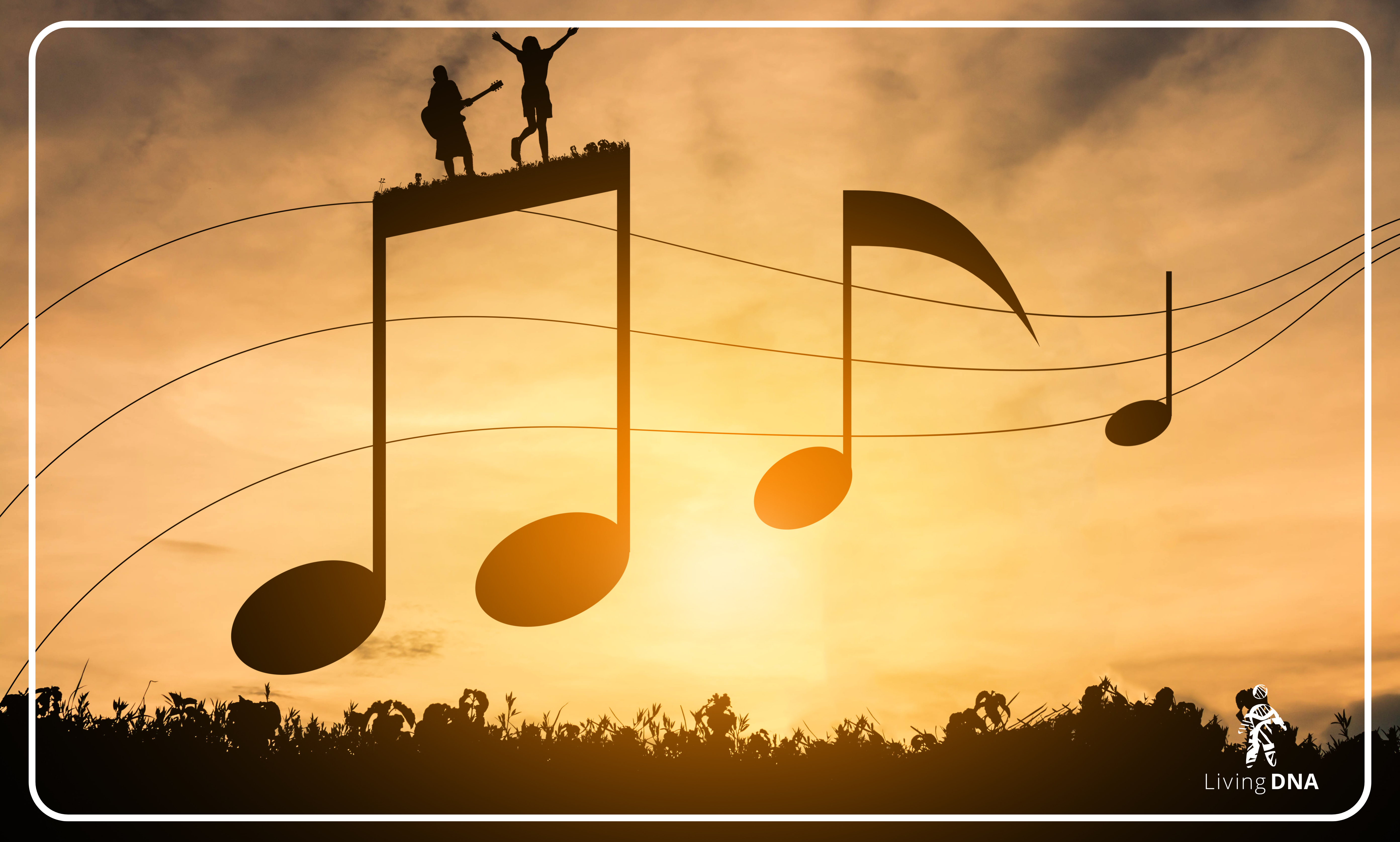
As the year comes to a close, communities around the world are coming together to celebrate through music, dance, and vibrant traditions. It’s a time of joy, reflection, and connection. Whether it’s the rhythmic beats of Africa, the spirited parrandas of Puerto Rico, or the timeless songs of Europe, this season offers us a chance to celebrate the rich diversity of cultures that make our world so unique.
But have you ever stopped to wonder how your family’s festive traditions connect to those celebrated halfway across the globe? What stories do they tell about your ancestry? As we bid farewell to the old year and welcome the new, it’s the perfect moment to explore how music and dance help us understand our shared history, celebrate our differences, and connect with the rich heritage of humanity.
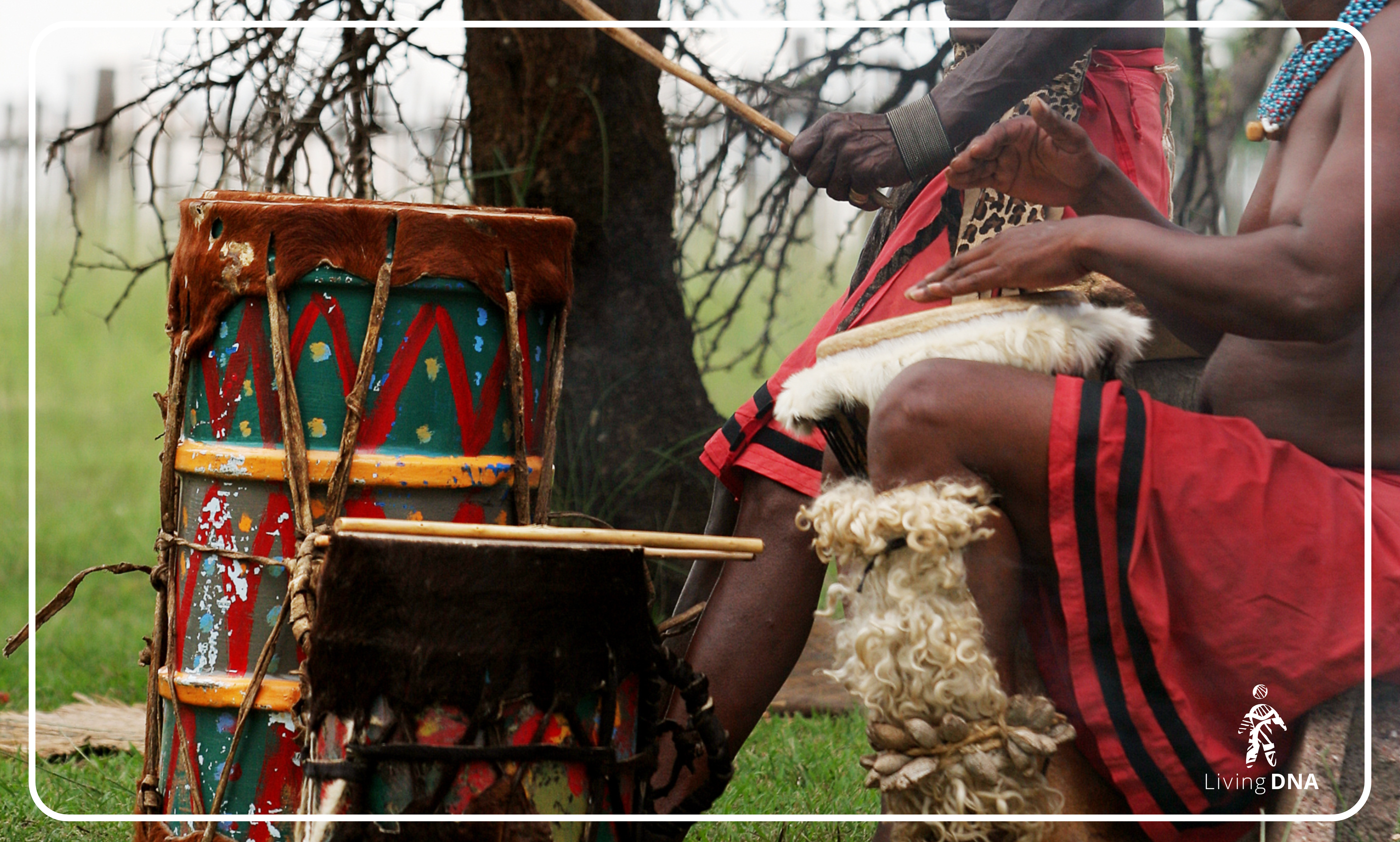
Across Africa, the season is filled with festivals that honour unity, culture, and the strength of community. In Ghana, the Hogbetsotso Festival celebrates the migration of the Ewe people to freedom, with powerful drumming on instruments like the kagan and atsimevu, and lively dances that embody triumph and togetherness. These are more than celebrations - they are a vibrant act of remembrance, a connection to the resilience of those who came before.
In South Africa, the Zulu people perform the Indlamu dance during year-end festivities. The energetic beats of the drum and the rhythm of the dance express gratitude for the harvest and the strength of the community. Watching these traditions unfold reminds us that music and dance are both forms of celebration and deep expressions of cultural identity and shared history.
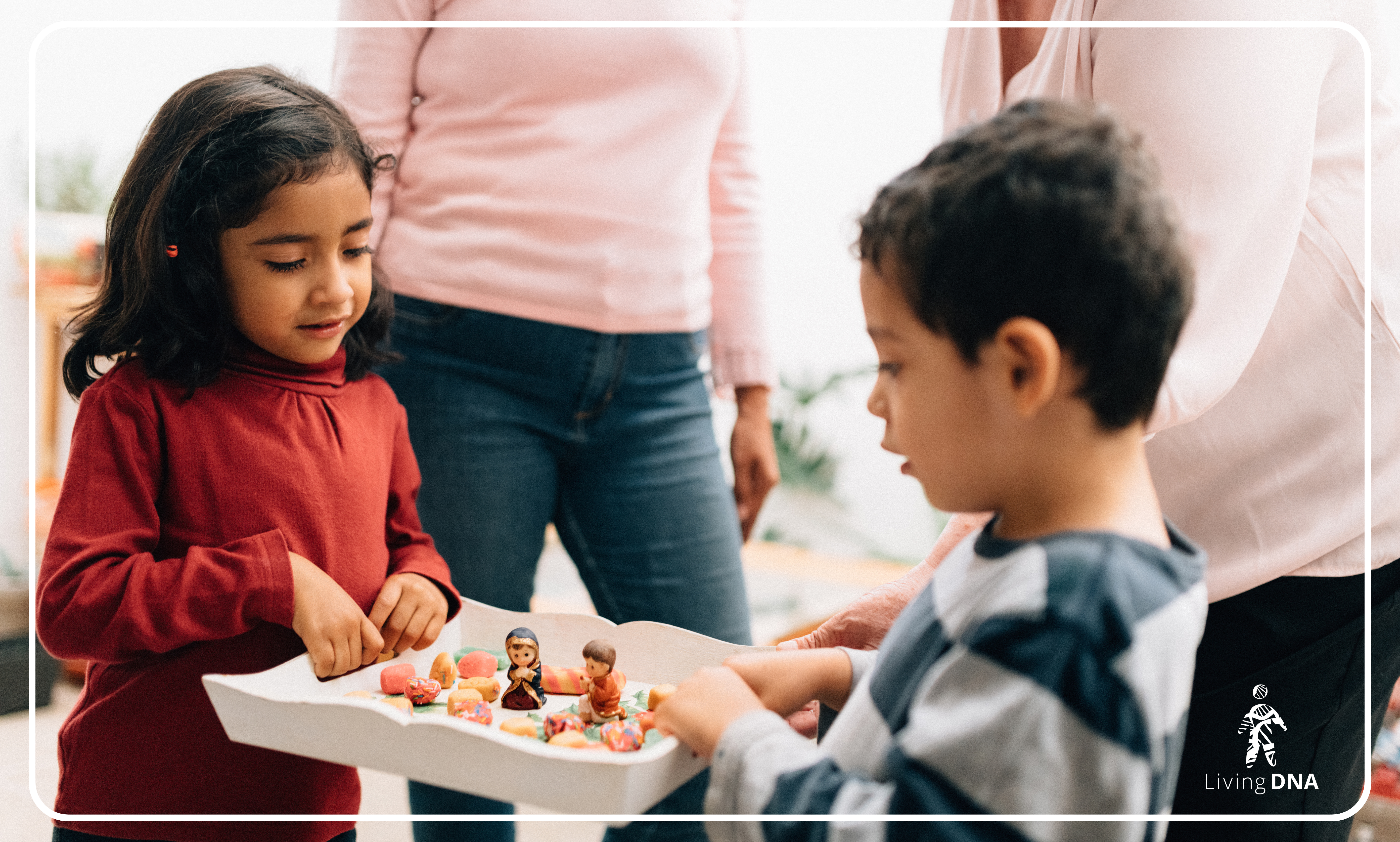
In Latin America, this season is rich with music, dance, and cultural celebration. In Mexico, Las Posadas reenacts the journey of Mary and Joseph, with music and community dances that bring people together to celebrate faith, unity, and solidarity. It’s a tradition that spans generations, inviting all who participate to reflect on the spirit of giving and togetherness.
In Puerto Rico, parrandas light up the streets with joyful drumming, singing, and dancing. Rooted in Afro-Caribbean traditions, these celebrations are a testament to the island’s rich cultural identity. These festive gatherings celebrate the island’s diverse heritage, blending African, Spanish, and Indigenous influences. The merging of histories in these lively traditions is something that connects us all.
In Colombia, the cumbia dance beautifully blends Indigenous rhythms, African beats, and Spanish melodies. Performed during festivals, cumbia is a joyful celebration of resilience, adaptation, and the power of music to unite people. Have you ever wondered how your own family’s customs might connect to the broader global story?
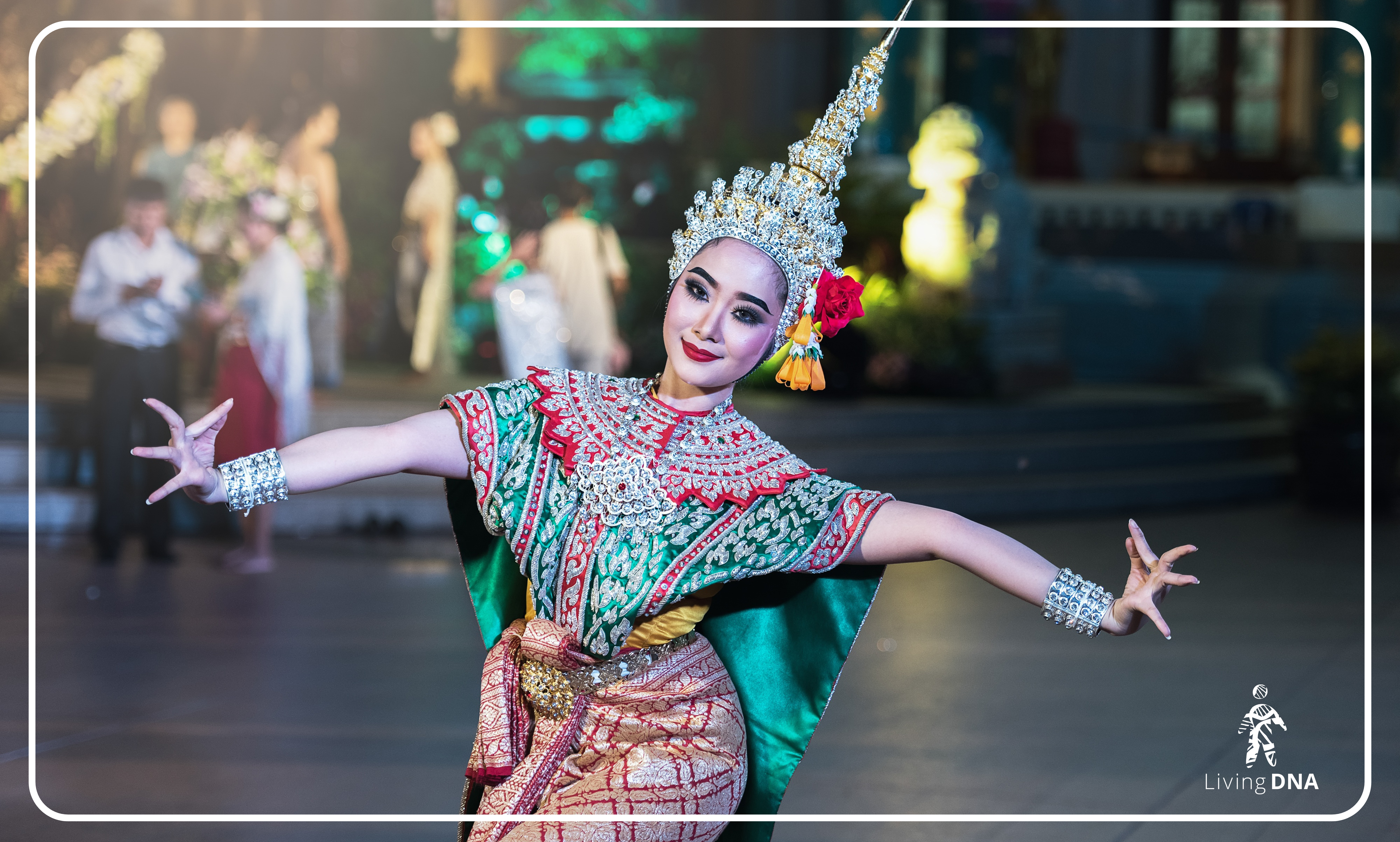
Across Asia, year-end celebrations are a time for reflection, renewal, and honouring the past. In Japan, the Bonenkai (“forget-the-year” parties) bring people together to bid farewell to the year gone by. These gatherings celebrate the shared history of the community, as people dance and remember their ancestors. It’s a beautiful reminder that music and dance can help us reflect on the past while preparing for the future.
In Thailand, King Bhumibol’s Birthday celebrations take place on the 5th of December, which also double as Father’s Day. They feature the graceful Ram Thai dance, performed at public events. These dances honour the monarchy and celebrate Thai culture with elegance and pride. It’s a reminder of how music and dance can be expressions of national identity, bridging the past and present. How do you honour your own family’s traditions and heritage?
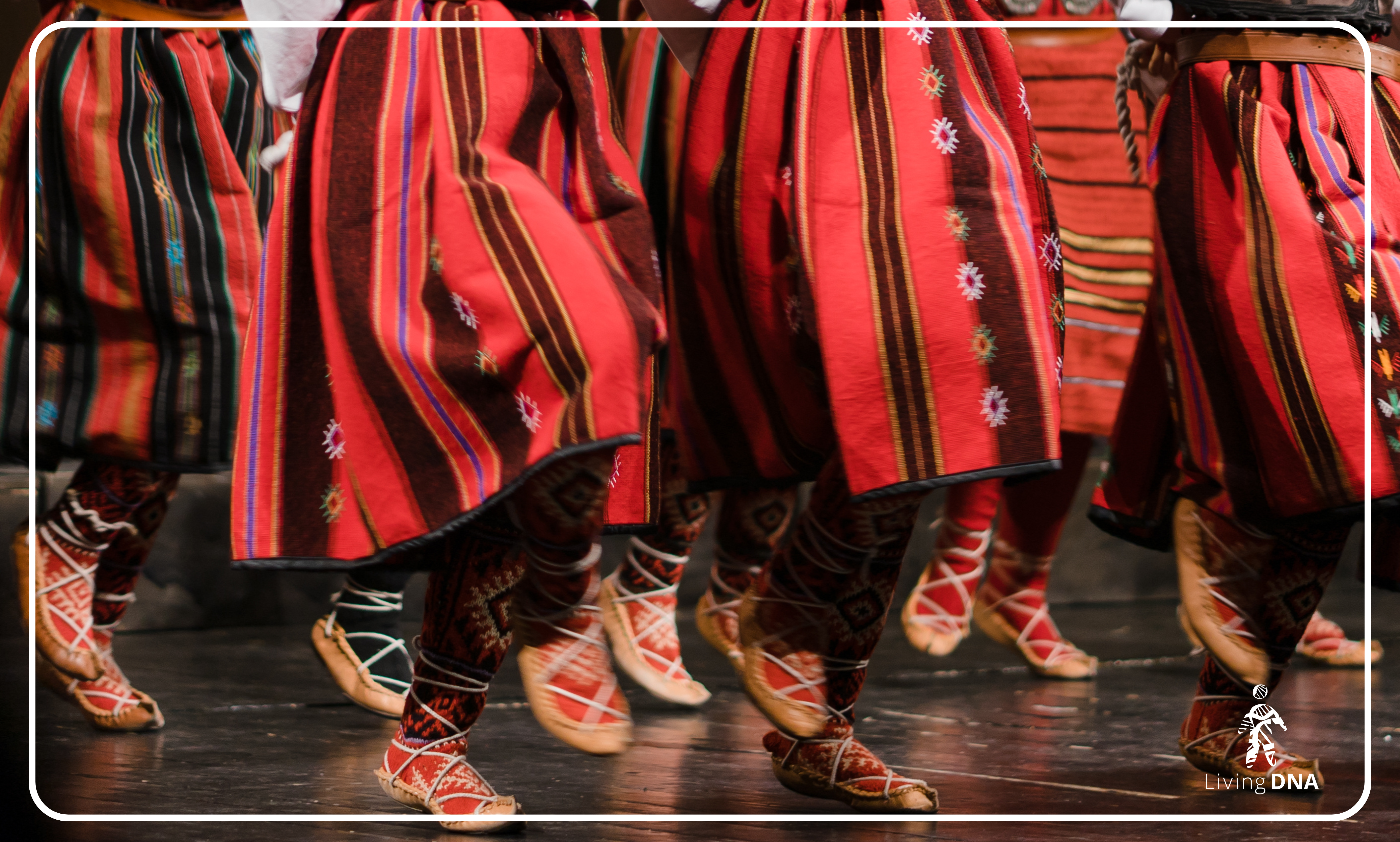
This time of year in Europe is filled with music and dance that tell stories of community, faith, and celebration. In Austria and Germany, Christmas Markets fill the air with the sounds of choirs and brass bands performing carols like "O Tannenbaum" and "Silent Night." These songs and folk dances create a sense of belonging and shared joy.
In the Balkans, the kolo circle dance is a beloved part of winter festivities. Originating in Serbia, this dance brings people together to celebrate their shared cultural heritage. The fast-paced rhythm of the kolo invites everyone to join in, symbolising the joy of community. These traditions, like the others we’ve explored, show us that no matter where we come from, music and dance connect us to our roots and one another.
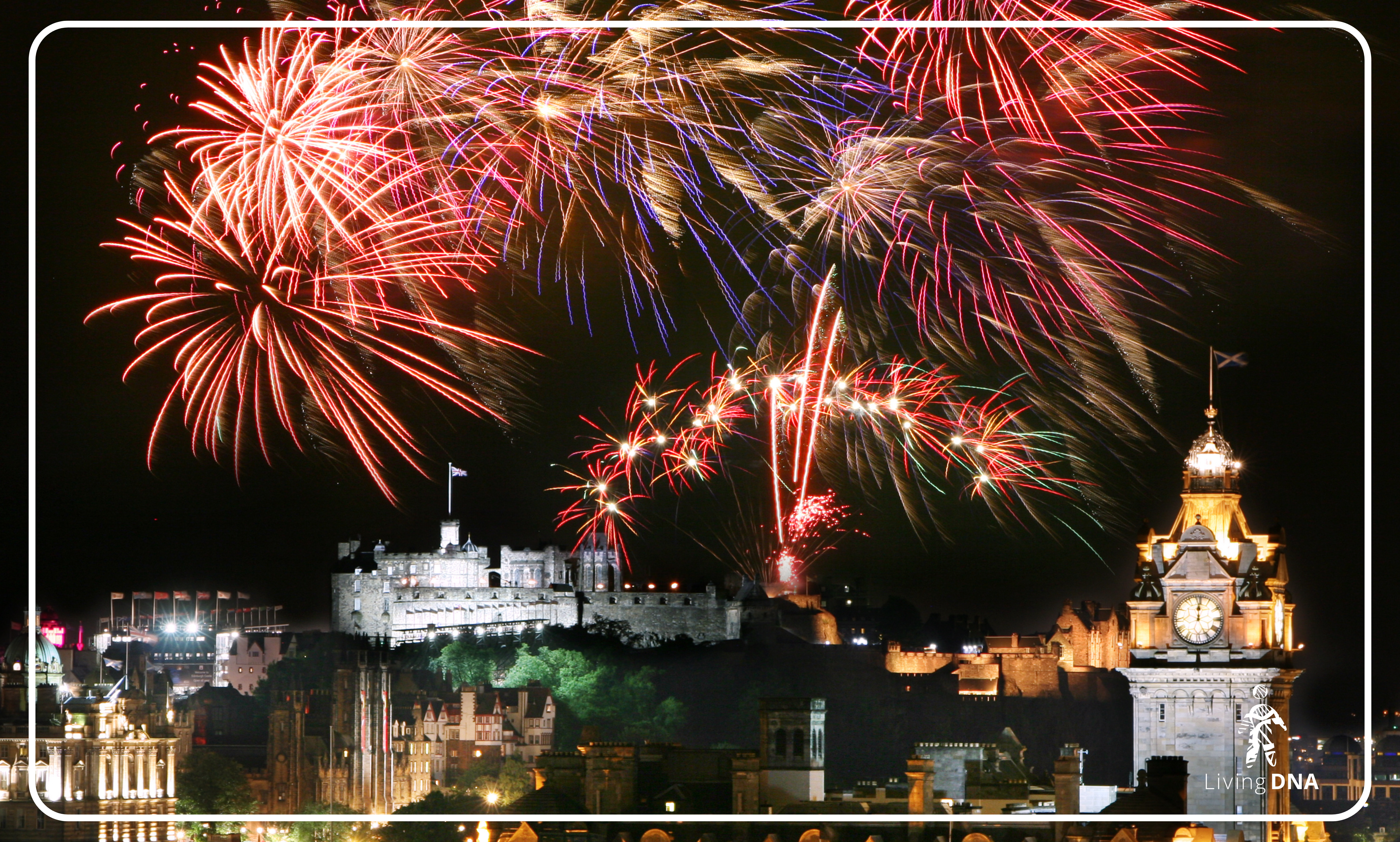
In Scotland, Hogmanay celebrations culminate in the singing of “Auld Lang Syne” at midnight. The joyous dance of the ceilidh reminds us that the bonds we share with others are what make life rich and full. It’s a time to reflect, celebrate, and renew our connections—just as music and dance renew and honour the traditions of our ancestors.
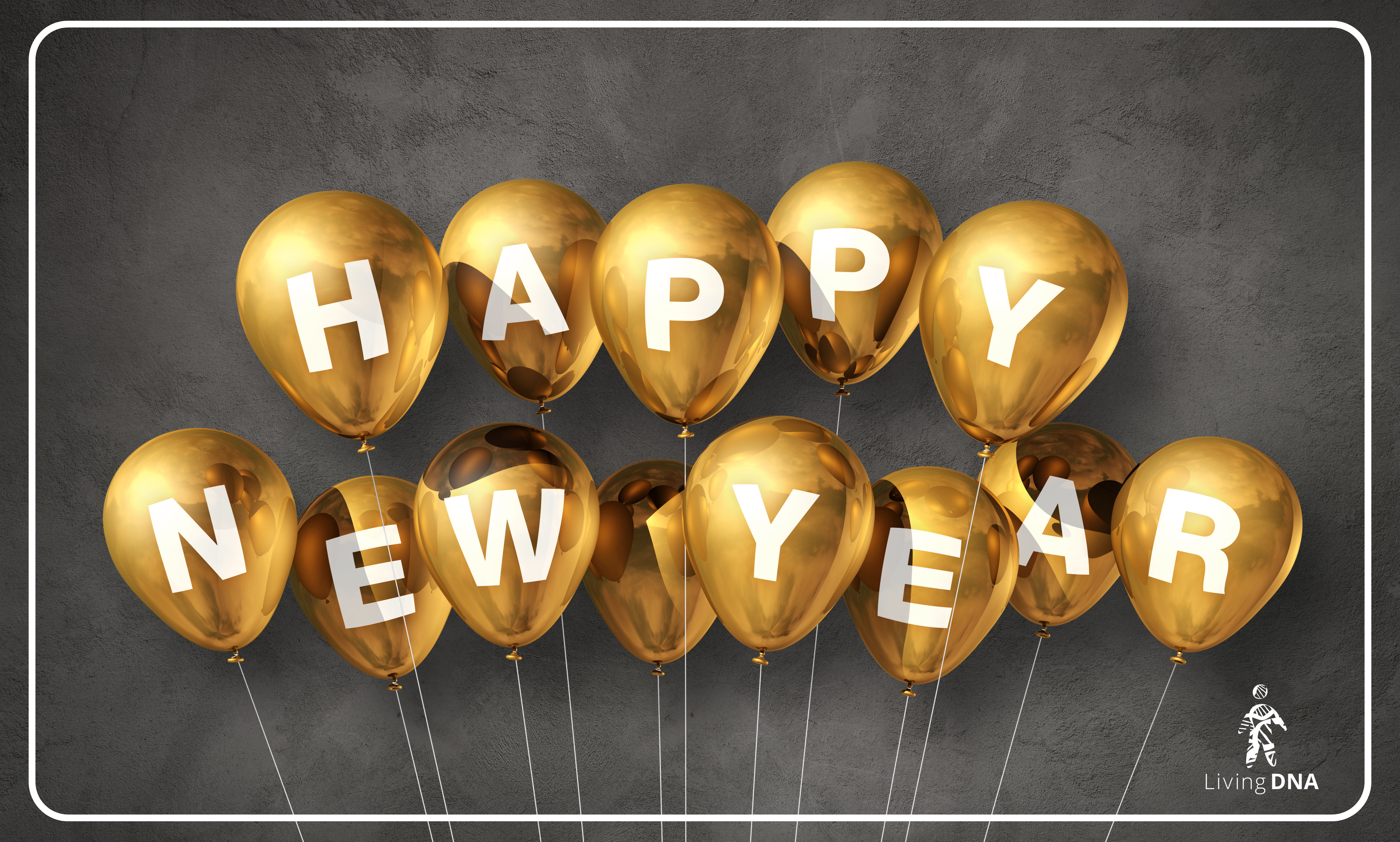
Music and dance are more than festive entertainment—they are powerful expressions of cultural identity, resilience, and remembrance. Traditions from around the world remind us of the deep connections we all share, regardless of where we come from. From the drumming of West Africa to the lively parrandas of Puerto Rico, these celebrations highlight the beauty of human creativity, unity, and the joy of coming together.
As you reflect on your traditions this season, consider how they connect you to a larger global story. What customs do you celebrate that have been passed down through generations? How might your heritage connect to the diverse cultural expressions we see around the world?
At Living DNA, we celebrate these rich traditions as part of the ongoing journey to understand our ancestry and the cultures that have shaped us. Start the new year by discovering your unique heritage and exploring the global connections that make up who you are.
